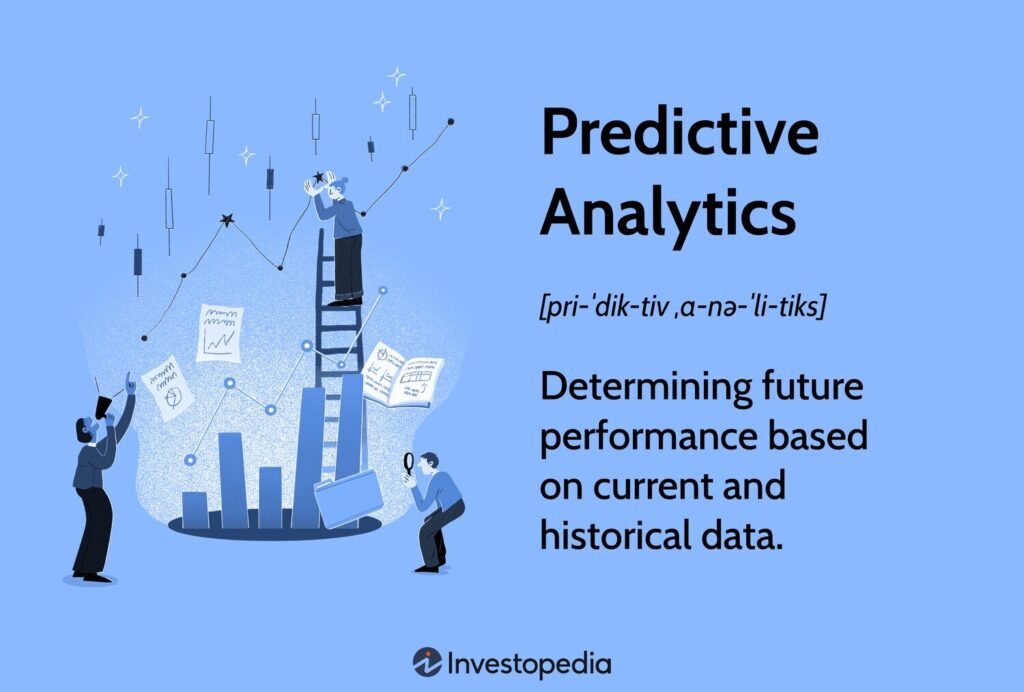Predictive Analytics has revolutionized decision-making processes across various industries by leveraging historical data to forecast future trends and outcomes. This field combines statistical techniques, machine learning algorithms, and data mining to create models that can predict future events with a high degree of accuracy[1].
Popular Models and Frameworks
XGBoost and LightGBM
XGBoost and LightGBM are two powerful gradient boosting frameworks that have gained significant popularity in predictive analytics:
- XGBoost (Extreme Gradient Boosting) is known for its speed and performance, particularly with structured/tabular data[2].
- LightGBM (Light Gradient Boosting Machine) is designed for efficiency and can handle large-scale data with lower memory usage[2].
Both models excel at capturing complex non-linear relationships in data and can incorporate various types of features, including numerical and categorical variables[3].
ARIMA
ARIMA (AutoRegressive Integrated Moving Average) is a classical statistical model used primarily for time series forecasting:
- It combines autoregression, differencing, and moving average components to model temporal dependencies in data[1].
- ARIMA is particularly effective for datasets with clear trend and seasonality patterns[2].
Applications and Benefits
Predictive analytics models find applications in numerous fields:
- Finance: Risk assessment, fraud detection, and stock price prediction
- Healthcare: Disease progression forecasting and patient outcome prediction
- Retail: Demand forecasting, inventory management, and customer behavior analysis
- Manufacturing: Predictive maintenance and quality control
The benefits of implementing predictive analytics include:
- Improved decision-making based on data-driven insights
- Cost reduction through optimized resource allocation
- Enhanced customer satisfaction by anticipating needs and preferences
- Increased operational efficiency and reduced downtime in industrial settings
Challenges and Considerations
While predictive analytics offers significant advantages, it’s important to consider:
- Data quality and availability: Models are only as good as the data they’re trained on
- Model interpretability: Some advanced models like XGBoost and LightGBM can be less interpretable than simpler statistical models
- Ethical considerations: Ensuring fairness and avoiding bias in predictions, especially in sensitive domains
Future Trends
The field of predictive analytics continues to evolve, with emerging trends including:
- Integration of deep learning techniques for handling complex, unstructured data
- Increased focus on explainable AI to improve model transparency
- Adoption of automated machine learning (AutoML) tools to streamline model development and deployment[4]
As organizations increasingly recognize the value of data-driven decision-making, predictive analytics will play an ever more crucial role in shaping strategies and operations across diverse sectors.
Further Reading
1. (PDF) Analysis of ARIMA, LightGBM, XGBoost, and LSTM models for stock prediction
2. Multi-step Time Series Forecasting with ARIMA, LightGBM, and Prophet | by Tomonori Masui | Towards Data Science
3. Forecasting with XGBoost and LightGBM – Skforecast Docs
4. https://cienciadedatos.net/documentos/py39-forecasting-time-series-with-skforecast-xgboost-lightgbm-catboost.html
5. Chapter 8: Winningest Methods in Time Series Forecasting — Time Series Analysis Handbook


